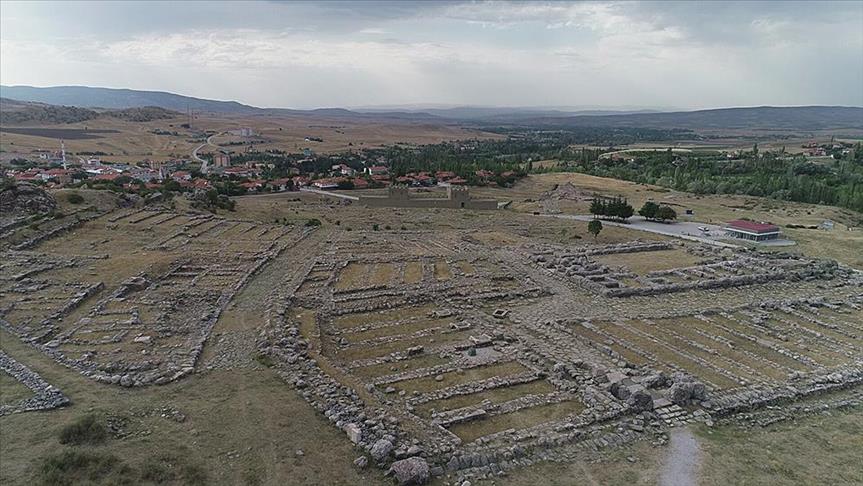
By Gazi Nogay and Kemal Ceylan
CORUM, Turkey
One of the first civilizations in Anatolia is located in Turkey's Black Sea province of Corum.
Hattusha, capital of the Hittite Empire, dates back to 2nd millennium B.C. and is listed in UNESCO World Heritage sites.
The period marks the transition from Middle to late Bronze Age. This is when the alphabet developed, and the world saw the rise of the Hittite Empire.
The ancient city, declared a "natural history park", is enclosed by a six-kilometer wall.
So far 31 temples have been unearthed along with numerous tunnels and gateways which point to underground cities.
Its Lion's Gate, Royal Gate and the Yazilikaya rupestral ensemble art provides a unique insight into the era.
The Hittites enjoyed considerable influence on civilizations at Anatolia and northern Syria through its palace, temples and trade centers at Hattusha.
Hattusha is where the Kadesh Peace Treaty, the first in the world, was signed between the Hittites and Egyptians in 1280 B.C.
Archaeological excavations are still ongoing in the ancient city.
Speaking to Anadolu Agency, Omer Arslan, head of provincial directorate of culture and tourism, said they expect at least 350,000 tourists to visit Hattusha this year.
“We have nearly 34,000 artifacts at the museums in Corum. Nearly 6,000 of them have been displayed, the remaining are protected in the inventory,” Arslan said.
He added that most artifacts from Corum are displayed at capital Ankara’s very first museum, Museum of Anatolian Civilizations.
They will actualize 30 projects with a budget of 285 million Turkish liras ($56 million) in four years, he said.
“We are conducting many projects such as restoring artifacts, antique houses, Hittite Dam, historical Koyunbaba bridge,” he added.
Anadolu Agency website contains only a portion of the news stories offered to subscribers in the AA News Broadcasting System (HAS), and in summarized form. Please contact us for subscription options.

